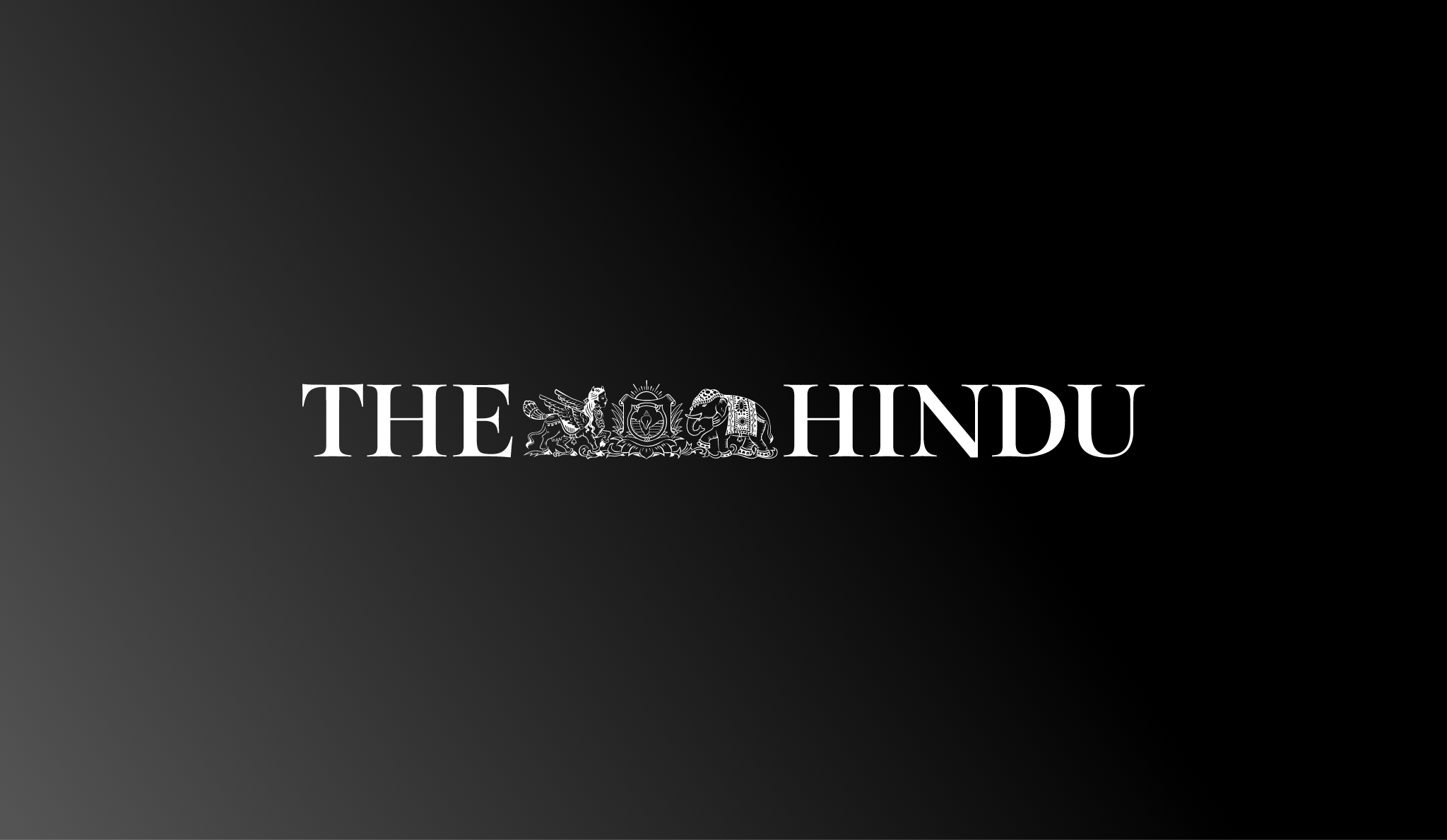Thirty years. That’s how long this cinematic relic has been held aloft as the holy grail of Bollywood romance. It took every fibre of my mortal being to survive its three hours, but for the sake of cinema history (and at the risk of being ceremonially excommunicated and lynched by filmy loyalists), I’ll try to keep things short, civilised, and only moderately heretical.
Shah Rukh Khan’s turn as the patron saint of subtle red flags has long been celebrated as the archetypal romantic hero. He radiates a boyish charm that is supposedly meant to soften his smug expat bro energy. Kajol meanwhile, seems to embody the docile virtues expected of “good Indian women” in diaspora stories. Simran’s sudden gullibility is so ridiculous because she falls in love the second this man-child says “sorry” for joking about assaulting her while she’s unconscious.

A still from ‘DDLJ’
If Raj’s reverent heart-eyes at the pious object of his affections praying in a Swiss church weren’t already grating, his daytime fantasies of carrying his newly sanctified bride in a red lehenga down a church aisle during the later, Tujhe Dekha Toh sequence, made that subtext embarrassingly loud. His persistent ‘courtship’ relies on a series of humiliating flirtations followed by an apology as a reset button. This conceited template for romantic license is one that Indian cinema seems to have absorbed and emulated for years to come. From my limited understanding, earlier screen romances indulged in unabashed melodrama. Yet while DDLJ proclaimed itself some sort of radical vanguard of “modern love,” it still reinforced the same gendered dynamics of obedience through glossy non-resident privilege.
Then we hit India, where apparently escaping arranged-marriage purgatory is off the table because Raj insists on Bauji’s “permission.” Here, the lyrics of “Mehndi Laga Ke Rakhna” and the Karva Chauth sequence only further sanctify female sacrifice as devotional instinct. And the climactic slapstick smackdown quite literally stages Simran as the prize to be released only after the patriarch concedes ownership. The film attempts at challenging this internalised misogyny through performative nods and juxtapositions with the Western idea of modernity, but it’s ultimately devoid of any meaningful structural critique.

A still from ‘DDLJ’
Three hours of Shah Rukh’s unrelenting nonsense, seemed to have finally fried poor Amrish Puri’s brains along with my own. Somehow at the end of it all, I’m supposed to rejoice over Simran escaping a gun-slinging Punjabi launda, only to land in the arms of a marginally less intolerable, entitled London brat.
There are some flickers of half-baked observations on first-generation immigrant disillusionment that exist almost in spite of the romance. But the hypocrisy of DDLJ is that its flimsy virtue signalling towards progressiveness ultimately bends the knee to the very authority it pretends to defy.
People defend this film as a “product of its time.” Absolutely not. “Its time” was 1995, not the Stone Age. Fond nostalgia and “good‑ol’ fashioned fun” can’t shield this from scrutiny. For the life of me, I cannot fathom what makes this film so beloved. Maybe my generation will just never get it. Or maybe I’m just too sane. Call me a snobbish, fun-sucking hater if you must, but assessing this film through a contemporary lens only exposes its vaunted ‘legacy’ being venerated for achieving less than the bare minimum.
So, ja DDLJ ja. I hope we never cross paths again. Happy 30th, I guess.


 12 hours ago
1
12 hours ago
1






















 English (US) ·
English (US) ·